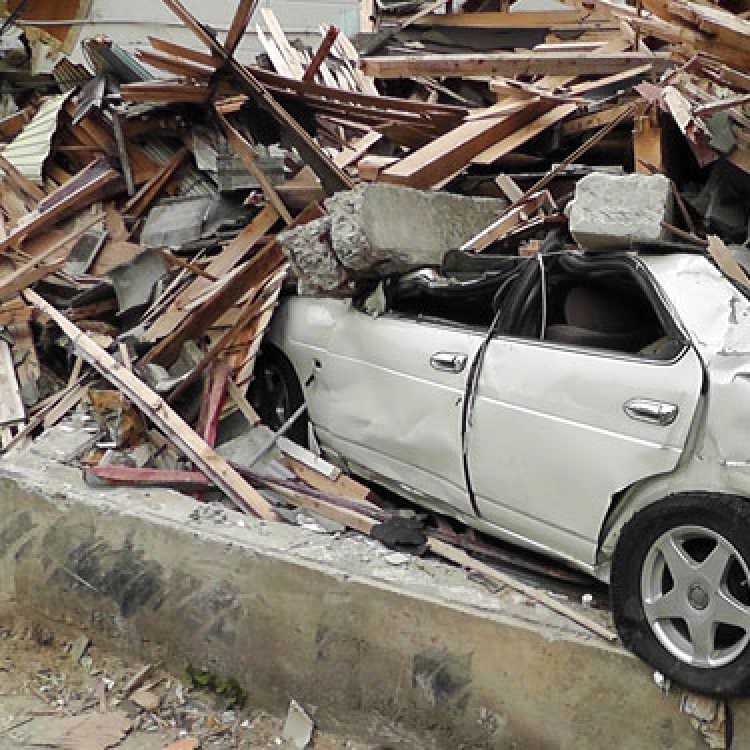Why risk managers should use catastrophe risk modelling to build resilience

A new wave of high-definition modelling is helping businesses better understand their site-specific risk exposures, according to Ken Wise of RMS.
At 14:46 local time on Friday 11 March 2011, a powerful magnitude 9.0 Mw earthquake occurred off the east coast of the Tohoku region on the Island of Honshu, Japan. One year later over 600 companies in Japan had filed for bankruptcy. How could these companies have better understood their exposure? Could a catastrophe risk modelling approach have allowed them to make better risk management decisions?
Catastrophe risk modelling is the tried and tested method for quantifying the effects of low probability/high severity losses associated with both natural disasters (e.g. flood, earthquake, windstorm) and man-made perils (e.g. terror, cyber). This method has been employed by insurers and reinsurers for over 25 years and is the starting point for assessing and pricing catastrophe risk across the industry.
However, a new wave of high definition (HD) modelling can now be used to define the Maximum Foreseeable Loss for individual sites based on a detailed analysis of their specific construction, occupation, protection and environmental (COPE) characteristics, and then undertake sensitivity analysis based on possible risk mitigation strategies to determine their effectiveness at reducing loss.
With the evolution of HD models, the industry has been able to eliminate some of the assumptions made about losses at the location level that were acceptable when averaged out over large insurer or reinsurer portfolios. This new approach generates ground-up losses at the location level for scientifically-feasible events and simulates these losses over tens of thousands of years to give robust measures of risk upon which you can make informed decisions.
How does this work in practice? In RMS's HD Europe Flood Model, for example, over 800,000 flood events, based on the latest science and observed flooding, represent the full spectrum of realistic events. These events are simulated over 50,000 years and at each location that is "hit" by an event a loss is generated based on an analysis of its vulnerability to flood damage. This vulnerability is calculated by comparing the site's COPE characteristics to our understanding of how buildings, contents and business interruption losses react to flood waters. This understanding is developed through extensive engineering research and analysis of insurance industry claims experiences.
For risk managers, this means that it is now possible to understand the loss potential and frequency at the site level, allowing site-specific risk management decisions to be made. Such decisions might include, for example, the installation of flood defences, reinforcing earthquake-prone buildings or improving your emergency response plans.
Across organisations, risk managers can begin to identify the sites driving catastrophe risk premiums and make informed decisions about risk retention, peril-specific sub-limits or how to prioritise capital deployment for risk mitigation. Analysis of a supply chain may identify areas of risk concentration or possible logistics bottlenecks that are prone to catastrophic events.
At the captive insurance level, model results will assist in defining more efficient ways to apply capital through decisions on levels of risk retention or optimising the design of reinsurance structures, ultimately improving captive returns. Further, the ability of HD models to analyse the temporal and spatial elements of catastrophe risk allows risk managers to quantify the effects of aggregate insurance limits, hours clauses, reinstatements and multi-year placements prevalent in the (re)insurance market.
In an age where corporate governance is being accelerated up the board agenda, utilising a detailed modelling approach in your risk management strategy allows you to be confident you have developed a complete understanding of your exposure to catastrophic events upon which you have based your risk mitigation and transfer decisions.

Ken Wise is account manager at RMS.
